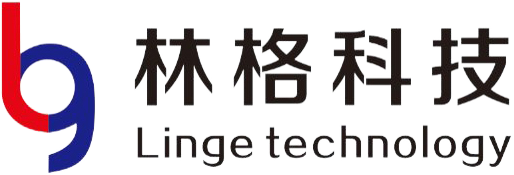Is production line data acquisition and informatization important? What is it like?
Production line data acquisition and informatization include process control system and MES system, which together with ERP system constitute the information system of the whole enterprise. The production line data acquisition and information MES system is a bridge connecting the bottom control system and the upper management, mainly responsible for production management and scheduling execution. It improves the competitiveness of the manufacturing industry by controlling all plant resources including materials, equipment, personnel, process instructions and facilities. The production line data acquisition and informatization is the basic subsystem and the core subsystem of the entire MES system.
Production line data acquisition and informatization include process control system and MES system, which together with ERP system constitute the information system of the whole enterprise. The production line data acquisition and information MES system is a bridge connecting the bottom control system and the upper management, mainly responsible for production management and scheduling execution. It improves the competitiveness of the manufacturing industry by controlling all plant resources including materials, equipment, personnel, process instructions and facilities. The production line data acquisition and informatization is the basic subsystem and the core subsystem of the entire MES system.
1、 Production line data acquisition and information process control system (DCS)
In order to realize data collection and information integration of enterprises, it is necessary to establish an enterprise backbone network with good openness and scalability to realize the computer networking of the whole enterprise. Because it is an enterprise network, DCS can exchange data with real-time database, and use LAN interconnection technology to interconnect with host computer to realize resource sharing and transparent access. The production process data collection and information integration work belongs to the grass-roots platform of the whole MES information system project, creating conditions for the follow-up work.
2、 Production line data acquisition and information process monitoring layer
At the process monitoring layer, the following contents are mainly completed:
1) Flowchart browse
Through the MES system, users can browse the flow charts, data updates and on-site production of various equipment in the enterprise on the LAN, intranet and the Internet.
2) Flowchart configuration
You can freely configure various flow charts through the MES system according to the situation of the equipment.
3) Real-time data query
You can view the real-time data and static details of all tag production processes in the MES system. Data query is fast and accurate. You can select a specific location number for quick query. The interface style can be customized by users, making it possible for users to use personalized interfaces.
4) Historical data query
Historical data query is a program for the client to browse and query the historical data in the real-time database. This program is responsible for viewing historical data and displaying it in the form of curves. It is flexible and can view multiple label information at the same time.
You can browse and manage all alarms in the MES system. You can select specific location number, specific time, and display features in different colors, so as to quickly and accurately query the alarms occurred at any time in the past.
3、 Production line data acquisition and information production scheduling layer
The realization of MES system scheduling layer is no longer that the former dispatchers only complete some simple information transmission, but to understand the bottleneck of production in time and improve the circulation capacity of bottleneck through timely scheduling. This part of work is to develop relevant software based on the original data collection and information integration. Control the temperature, pressure, flow and composition according to the collected information of temperature, pressure, flow and composition. Secondary information about energy consumption, heat balance, etc. The production capacity of each device can be known by calculating the physical properties of chemical substances.






